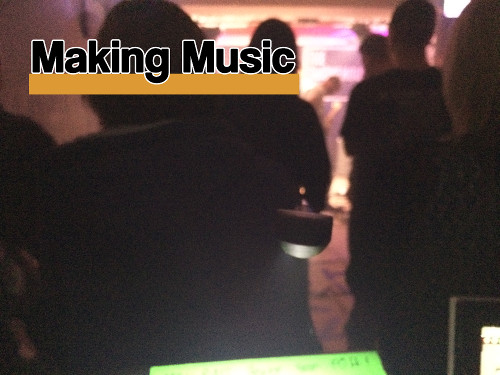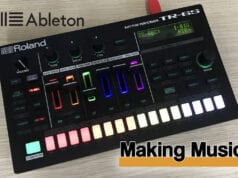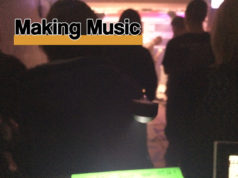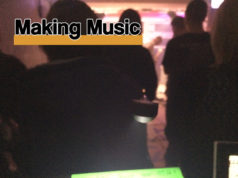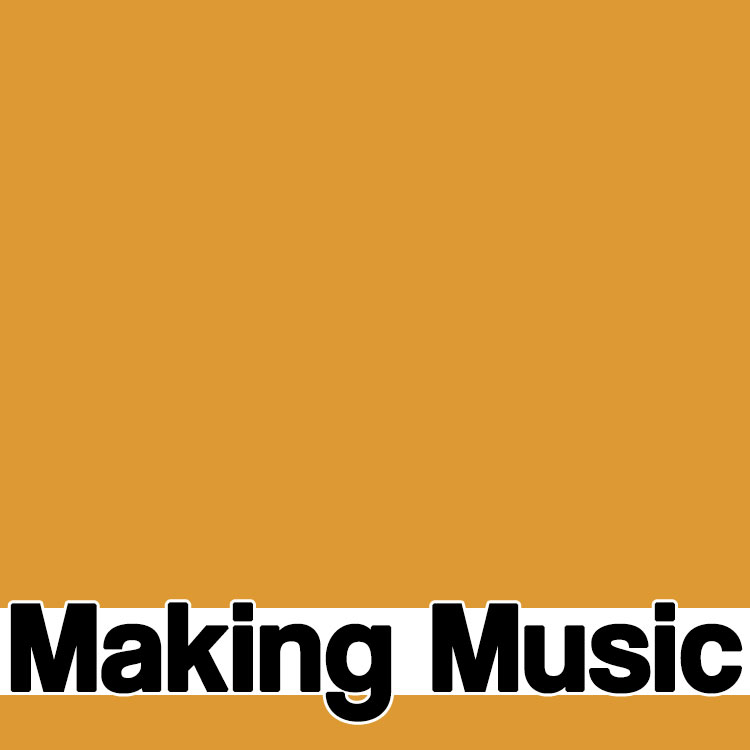Last Updated on July 10, 2019 by Gareth Patch
Let’s talk about specs…
Even the most experienced of sound engineers have a list of items that they always need to do their job properly. Sharpies, spare XLR cables and coffee are all must haves. But if there is one thing that I find invariably more useful than my collection of LX tape of many colours it’s the tech specs of the bands I’m going to be engineering for. Ok, so apart from an amusing heading for this piece, what am I on about?
A technical specification (tech spec for short) generally forms part of the rider, so called because it is attached to the contract for the performance and are sometimes called the Technical Rider. I guess until you reach certain dizzying heights, contracts and riders are not something that many bands use when starting out, although you should. But that’s for another article…
So, what is it?
For those that don’t know, the contract between the band/manager/agent and the venue/promoter will generally set out the boring (and legal) stuff such as times of the performance, safety requirements and money to be paid. The backstage rider is the extra fun stuff, such as food and beverage list, number of fluffy towels and the size of the required jacuzzi.
The technical rider deals solely with the technical aspects of the performance and should include any information you can think of – you can never have too much. What isn’t needed or doesn’t apply can be ignored, but if it’s not there to begin with, it can’t be considered and organised for before the band arrive.
Whereas, the details for whether you need your private winnebago to include 3 or 4 kittens will only come with fame, the detail of how many guitar amps and backing vocals you have will apply from your very first gig.
Why is it?
The need for an engineer or technician to know about your band’s set-up could be for of a number of reasons. Firstly, just making sure a venue or hire company has enough mics, monitors and DI boxes to cover the event is primary. Particularly on bigger gigs and stages, once the headline act is set-up and sound-checked it is customary not to recycle mics and cables onto the support acts. This is to make sure there are no failures due to unplugging before the main act is on and, with all their gear left in-situ, to make sure the changeover is disaster free.

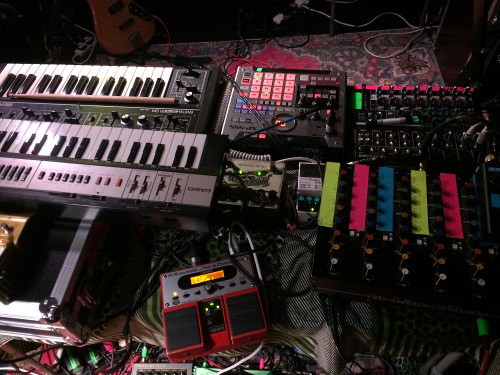
If you’re lucky enough to be gigging/touring with your own sound engineers, having a tech spec sent/advanced to the venue also means that when the touring party arrives you would hopefully find a lot of the mics and lines pre-patched in your preferred way. This would mean your engineer can get on with the mixing side of the show, rather than trying to find cables, stage boxes and mics in an unfamiliar venue.
If we’re considering less high profile gigs in smaller venues, where perhaps the same mics and cables need to be used for all the bands, a lot of house engineers with tech specs to hand can plot what needs to be moved where and when, even before the bands arrive. This is especially important when changeovers are limited to 15 minutes and there really is no room for mix-ups. The chances for a mic being put somewhere it shouldn’t be or not being plugged back into the correct channel are high when the pressure is on.
And, while being on the point of time or lack of, it can be an eye-rolling moment for a house engineer when they think that they’ve just about got the band ready to go on and suddenly someone whips out a laptop full of backing tracks and asks where he can plug it in…in stereo…please… So, it is preferable to know about these things in advance.
Mixing It Up
Here’s an example of a channel list for a band, including a mic list that they would like, positions on stage and what type of stand. This ‘ideal world’ information is primarily for large touring acts who can dictate equipment they’d like to use. Most small venues with a house engineer will be more ‘get what you’re given’ but may include some of your favoured mics.

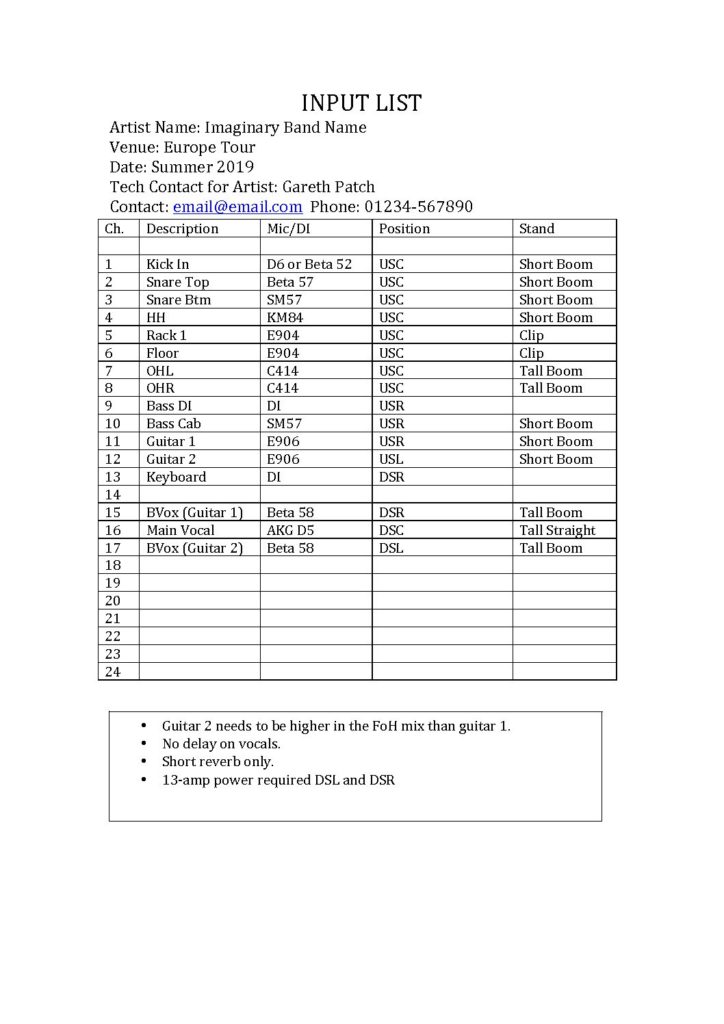
Extra kudos points are earned if you also note down if there are any important factors for the FoH (front of house) mix, such as which guitarist is more likely to take the solo sections or if one of the backing singers may suddenly take a lead role.
Foldback Notes
So, having a rundown of numbers of guitar amps, backing vocals, acoustic guitars requiring DI boxes etc. is a big plus point, but giving the engineer an idea of monitor mixes will also save huge amounts of time, especially if there’s only time for a line-check before you go on (or if you’ve been stuck on the M1, M2, M3…and missed your allotted sound check).
Obviously, you can’t go into deep technical aspects such as needing the bouzouki 3dBSPL louder than the keyboards in your monitor, but it is useful to know a rough idea of what you actually want to hear. Does the drummer need kick drum but no lead guitar? Does the aforementioned laptop backing track need to come out of all the downstage wedges, or just for the bass player?
Hand on heart, I can tell you that the most productive sound checks I’ve done have been the ones where I can set a rough balance of the required instruments into individual’s monitors, before they’ve even played a note together.

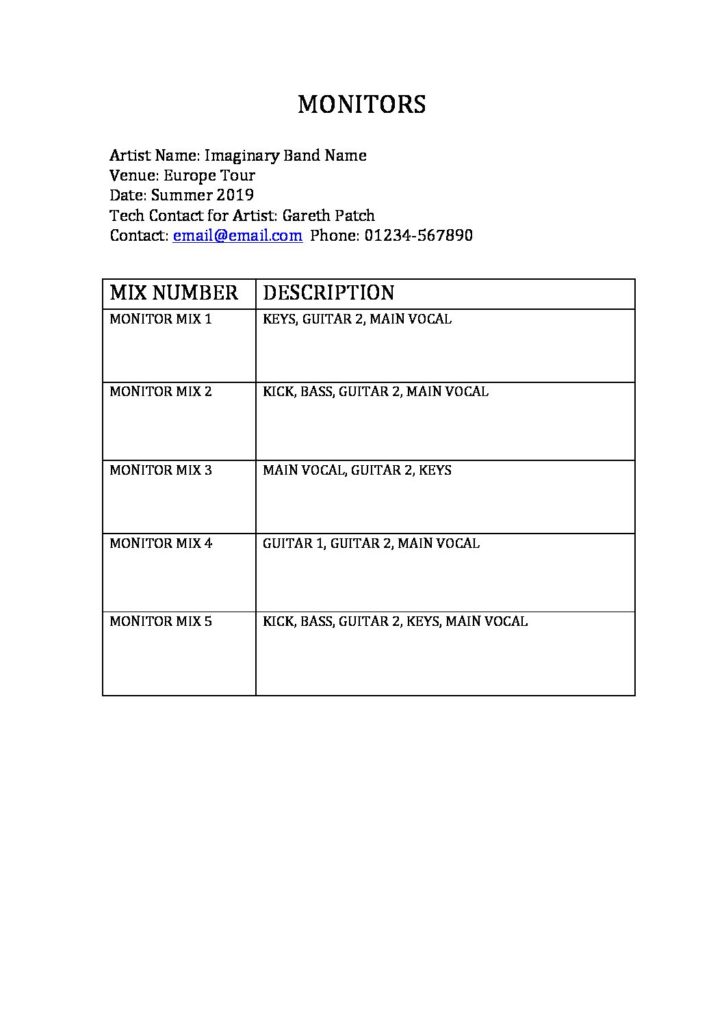
Know Your Place
Even more useful is an actual stage plan, showing where performers, amps and monitors are required. This doesn’t have to be particularly artistic, but clarity is a bonus. In case you don’t know which bit of a stage is which, here’s an idea of what specific parts are called in theatre-land speak.

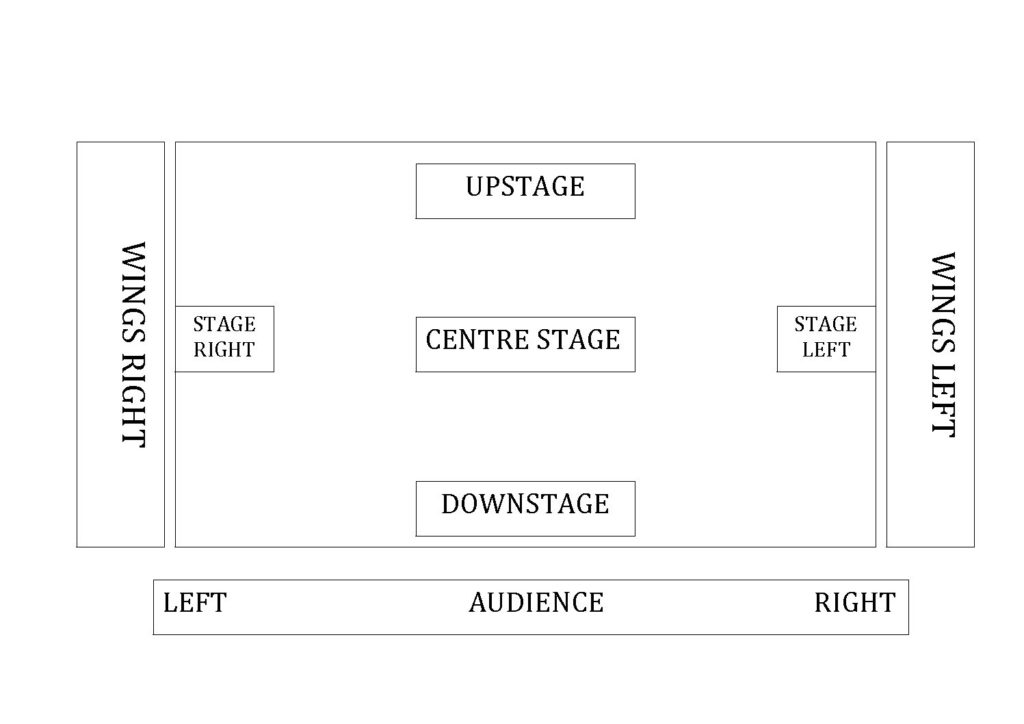
Making Plans…
So your stage plan will show where your musical equipment is to be located. Notice that channel numbers can be included for quick reference for house techs but this is primarily something you will see for larger touring acts with their own engineers.
If you’re an up-and-coming band, or playing small shows, it may well be that you have to work around other band’s equipment especially if you’re kit-sharing, so while your plan will be your preferred positions it may not happen like this all the time.
Notice also that ‘13AMP’ has been been shown on the plan and noted on the channel list, to hopefully ensure that sufficient power is provided so the musicians can plug in pedal boards and the keyboard.

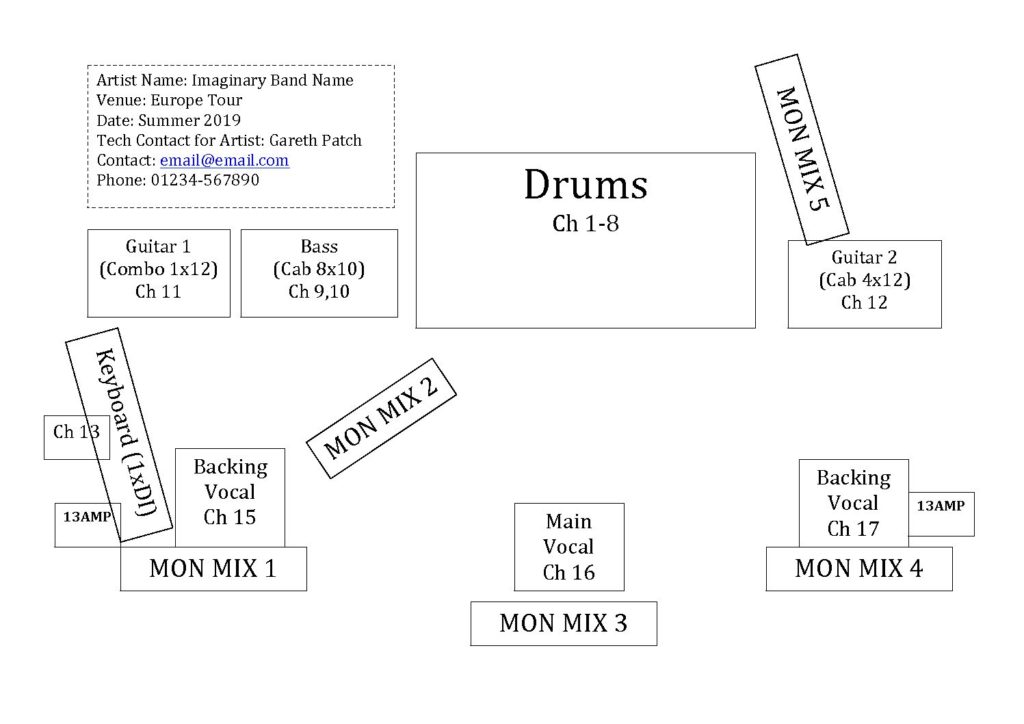
Lightbulb moment
As well as sound and stage, you can include anything else you feel relevant such as any notes on specific lighting you may have. For example, that you want haze or smoke but strobes are an absolute no-no.
Finally, although this may all look a bit daunting, if you take your time and come up with a precise tech spec pack containing stage plan, channel list and helpful notes about mixes and staging, the only reason you need to change it is if something (or someone) changes within the band. They can be produced in just about any document creator such as MSWord, Google Docs. etc and by sending this into a venue it will give advance warning to the in-house crew of what to expect which, in turn, means you can perform as expected.
Things To Remember
- Make your tech specs clean and clear, so they can be understood by all.
- Include everything you can think of that may help you perform to the best of your ability.
- Make sure contact details are on every page, just incase they get separated.
- Email them to the venue/promoter/agency well in advance of your show.
- Take hard copies of them with you to the gig, just in case the emailed versions haven’t been passed on to the relevant parties.
- Until you get to a certain level in the industry, some of your requests may be pie-in-the-sky but it can’t hurt to ask.
An afterword…
Have you ever heard of, or has someone jokingly referred to, Brown M&Ms while you’ve been waiting to soundcheck or go on stage at a show? It’s a musician’s reference just the same as someone shouting “Play Stonehenge” while you’re in-between songs. Well, it’s a rider-related tale from the history of rock giants Van Halen. Here’s a video of (Diamond) Dave Lee Roth to explain all….



